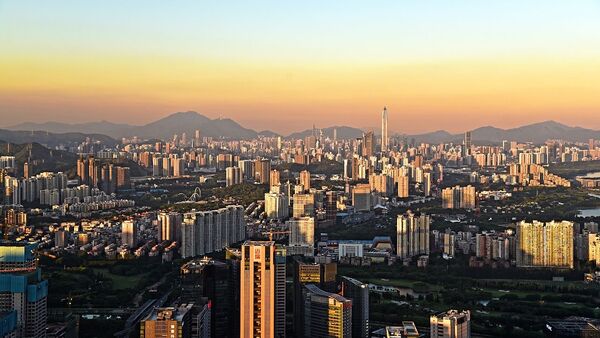A directive from the State Council, issued on January 6 but only published on Monday, ruled to demolish the physical border around the city limits to invite further integration with the rest of Shenzhen, thus symbolically underscoring the economic gains the Hong Kong border city has achieved in the past few years, South China Morning Post wrote.
We may need decades to scrap border between Shenzhen and HK. But that day will come for sure.
— leo chen (@chensns) 16 января 2018 г.
Peng Peng, vice-president of the Guangdong-based South Nongovernmental Think tank, labelled the State Council’s decision as "basically legal recognition of the border’s lost significance." Other experts, including Professor Priscilla Lau Pui-king, a Hong Kong deputy to the National People’s Congress, stress that the abolition of the border is a challenge to Hong Kong.
"Hong Kong will have to drop its big brother attitude and catch up or else it will soon lose to Shenzhen," Lau said.
In 1978, following the reform and the much debated "opening up" (the literal translation from Chinese), the authorities introduced a 327 square kilometer (126 square mile) iron fenced economic zone, with multiple tax breaks to draw foreign investors and entrepreneurs to the area. It further enlarged to the whole size of Shenzhen, which was once a small fishing town, the economic zone proved unnecessary as it saw Shenzhen grow to the biggest economy in Guangdong in 2016.
It currently continues to attract vast investments predominantly in its promising high-tech industries, with economists predicting it may overtake "big brother" Hong Kong.
READ MORE: Cryptocurrency Market Slumps Amid Reports of Possible Restrictions in Asia
Even though the zone’s checkpoints are now removed, the State Council still fears border instability between Hong Kong and Shenzhen, and asked the authorities to step up regulation and improve infrastructure.


